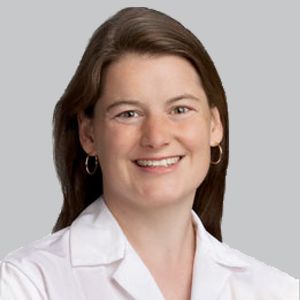Article
Addressing the Long-Term Effects of Virtual School on Students' Sleep Habits
Author(s):
In addition to focusing on healthy sleep habits, researchers reinforce empowering children and adolescents to navigate the “brave new world” of online and hybrid schooling influenced by the pandemic.
Shannon S. Sullivan, MD

An editorial published in the Journal of Clinical Sleep Medicine highlighted the critical need for schools to maintain educational schedules that consider and prioritize the importance of a healthy sleep regimen in children and adolescents as well as reinforce good sleep habits following a year in which education was largely conducted virtually due to the COVID-19 pandemic.1
Senior author Shannon S. Sullivan, MD, clinical professor of pediatrics, Stanford University, and colleagues gathered data from previous studies and observed changes in child and adolescent sleep since the pandemic began. With input from pediatric and sleep healthcare professionals, Sullivan and colleagues pointed out the risks and opportunities with regards to virtual and hybrid learning models.
“Adequate sleep and daytime schedules may be linked to resilience, a valuable asset for children and adolescents in these difficult times. Now is the time to reinforce good sleep habits, along with good nutrition and regular physical activity, to best empower children and adolescents to navigate the ‘brave new world’ of online and hybrid schooling, boosting their resilience as they encounter social and economic stressors beyond their control,” Sullivan et al wrote.
When the COVID-19 pandemic began in March 2020, schools shifted to virtual and hybrid learning models, which subsequently affected sleep schedules in students. A recently published poll of adults surveyed in May 2020 showed that 46% were letting their children go to bed later, 51% reported letting their children wake up later, and 49% were allowing their children more screen time.2
Research by Kenneth P. Wright, PhD, BS, and colleagues showed that before and after the implementation of stay-at-home orders, sleep duration was increased by 30 minutes on weekdays and 24 minutes on weekends. Additionally, sleep timing was delayed by 50 minutes on the weekdays and 25 minutes on weekends. The extended sleep duration and delay in sleep timing resulted in a reduction of irregularity, or social jet lag, as well as an increase from 84% to 92% of students obtaining 7 or more hours of sleep.3
While the American Academy of Pediatrics originally acknowledged the probable relaxation of screen time restrictions, they still stressed that sleep routines and adequate sleep should be maintained.4 An emphasis on healthy sleep habits, including regular bedtimes and wake times, elimination of electronics from the sleep environment, and consistent mealtimes and exercise were also recommended in a health advisory recently released by the American Academy of Sleep Medicine.5
Sullivan and colleagues also pointed out the variety of effects on sleep and well-being among children and adolescents who learn through virtual and hybrid models, noting that these impacts are only beginning to be understood. They pointed to findings from a recent pandemic-era survey which showed that 55% of teens reported having experienced anxiety, 45% reported excessive stress, and 43% reported depression.6
Worsening behavioral health, which has been observed in tandem with worsening mental health, has been reported among children age 18 and younger. The pandemic has also increased concerns about social isolation, especially for those with attention-deficit hyperactivity disorder and those on the autism spectrum. Despite an observation of increased sleep due to virtual learning settings, clinicians have also noticed negative effects related to decreased activity and exercise levels during the day, reduced exposure to sunlight, reduced social opportunity, and increased overall stress and anxiety.
"We still have much to learn about the sleep quality and sleep schedules of children and adolescents in the context of the COVID-19 pandemic, and we believe this is an area of study that is critically important for mental and physical well-being in addition to educational progress and achievement,” the authors concluded.1




